5 tips to get the most out of your electric toothbrush
Cleaning tips to sink your teeth into
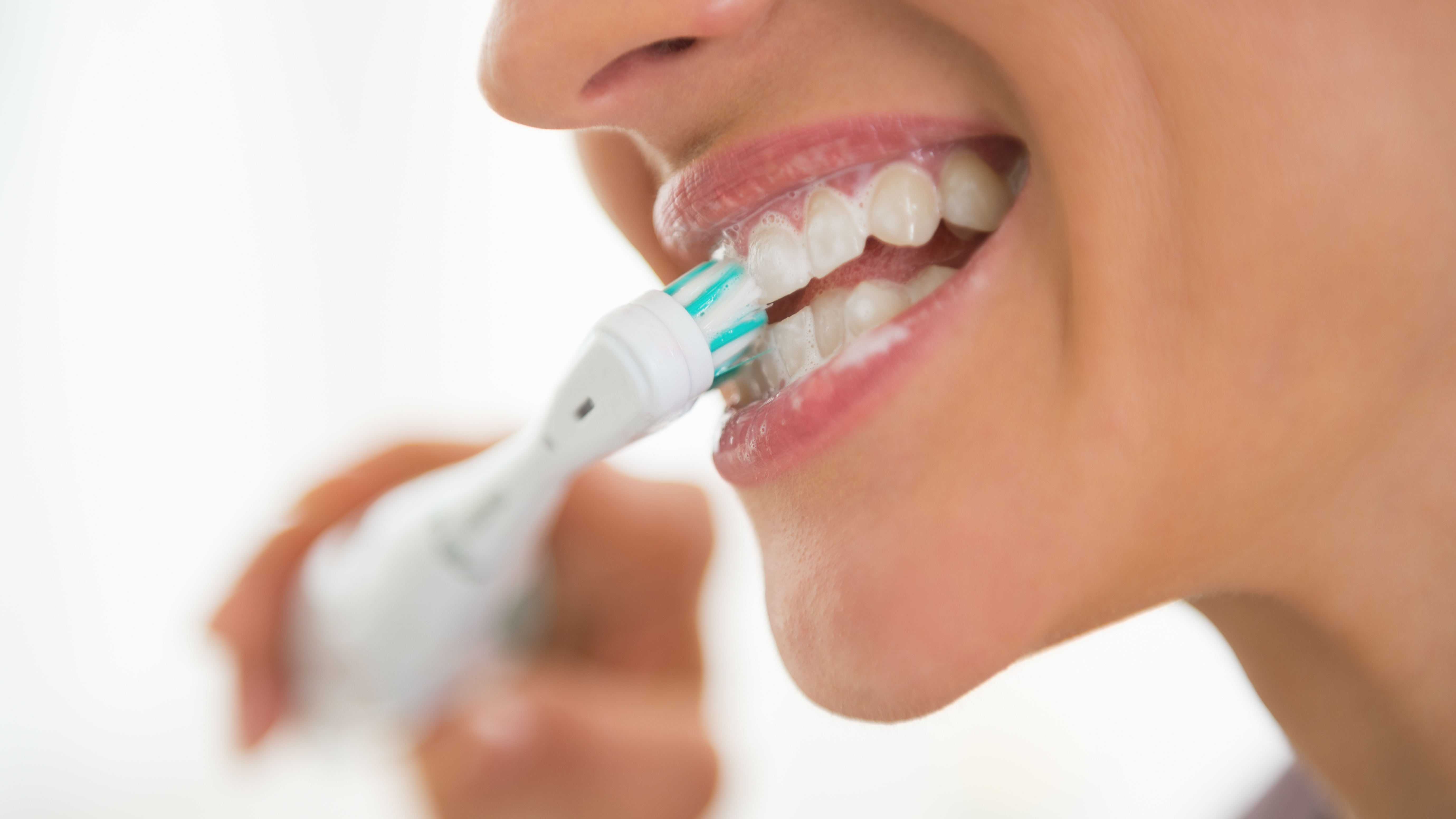
Dental hygiene is really important for your overall health, as well as for keeping your teeth clean and your breath fresh. In addition to regular dental cleanings and check-ups, it’s important to brush your teeth every day to remove any plaque or food that has accumulated over the hours. Dentists today highly recommend using one of the best electric toothbrushes for a more effective clean and this may be a new way of brushing for some people.
Even if you’ve been using an electric toothbrush for years, you may not actually be getting the best clean possible from your device. And, of course, don't forget to floss.
Since we brush our teeth more than once every single day, it’s worth learning how to use an electric toothbrush in the most impactful way. Electric toothbrushes are exactly what they sound like: toothbrushes that are powered electrically so that they vibrate against the tooth surface and achieve the effect of thousands of strokes in the same amount of time it would take you to manually do a few hundred. This results in a deeper, more thorough clean in as little as two minutes.
We’ve consulted dental practices and medical groups to find out the top tips for using an electric toothbrush that you may not be aware of. By following this advice, you can transform your daily habits in no time at all and start to see real results immediately.
Don't rush the brush
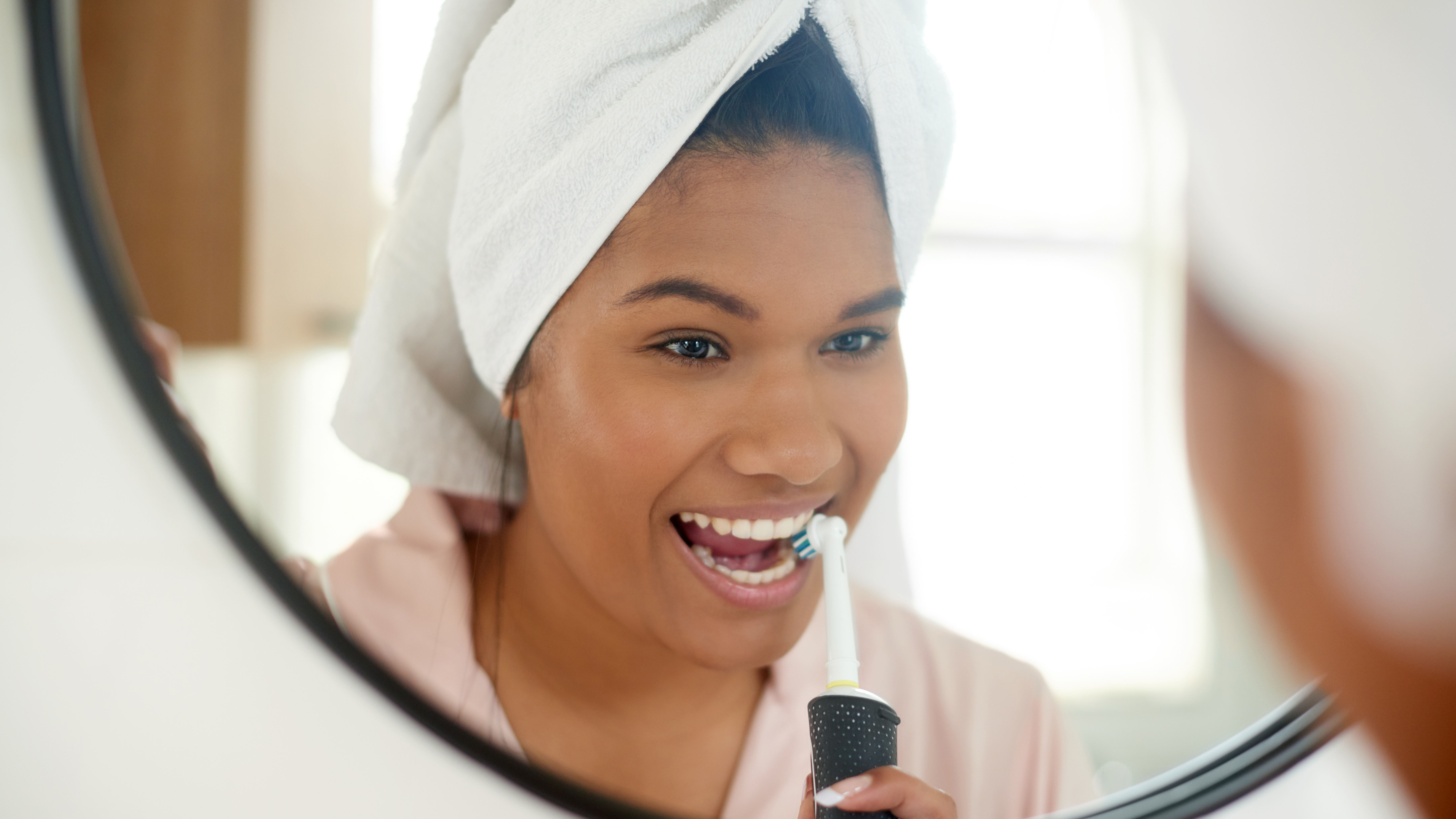
Manual toothbrushes require you to quickly move your brush along your teeth and gums, to generate enough motion to effectively clean your teeth. Because an electric toothbrush creates that motion automatically, you don’t need to brush your teeth as hard to get the same effect.
In fact, dentists recommend that you gently pull the brush along the gum line and tooth surface at a smooth, slow pace, giving the brush head time to apply vibrations to each tooth. If your toothbrush includes pressure sensors, these will alert you to whether you are pressing too hard — which is a common issue with new electric toothbrush users.
If in doubt, spend a few seconds on each tooth to ensure adequate time for cleaning.
Sign up to get the BEST of Tom's Guide direct to your inbox.
Get instant access to breaking news, the hottest reviews, great deals and helpful tips.
Philips Sonicare DailyClean 1100 Electric Toothbrush: $24 at Walmart
The best electric toothbrush for most people is this excellent daily driver from Philips packing in 31,0000 strokes per second. It boasts a 14 day battery life and a two-minute timer to help your brushing stay consistent and effective. It's not a perfect device; the base station is a little bulky compared to other models.
Price check: $34 at Amazon
Take advantage of the built-in timer
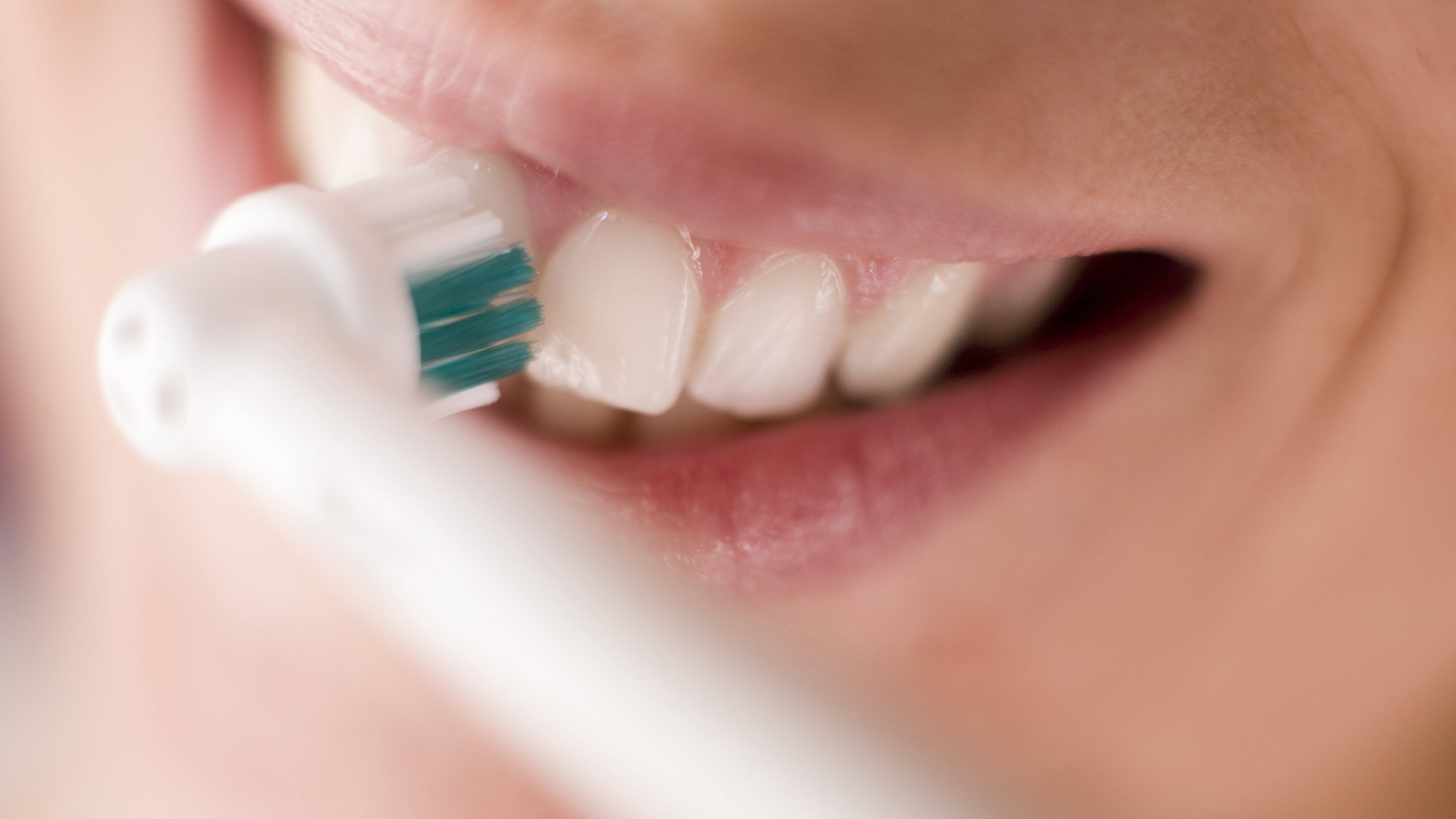
Most models of electric toothbrush include a two-minute timer, which is the medically recommended length of time that you should spend brushing your teeth. This timer functions by vibrating more powerfully once you hit the limit — so pay attention.
By brushing until the timer goes off, you can be more confident that you are cleaning each tooth surface sufficiently. Some toothbrushes even have 30 second pulses, dividing the two minutes into four sections. This allows you to break up your routine into even sections, with every part of the mouth getting cleaned equally.
Some dentists recommend cleaning the mouth in quadrants of top left, top right, bottom left, bottom right, while others recommend dividing the mouth in terms of front of the teeth, back of the teeth, chewing surfaces and then the tongue and mouth roof. As long as each tooth is cleaned thoroughly, you can choose the method that feels most natural to you.
Be sure to brush both inner and outer surfaces
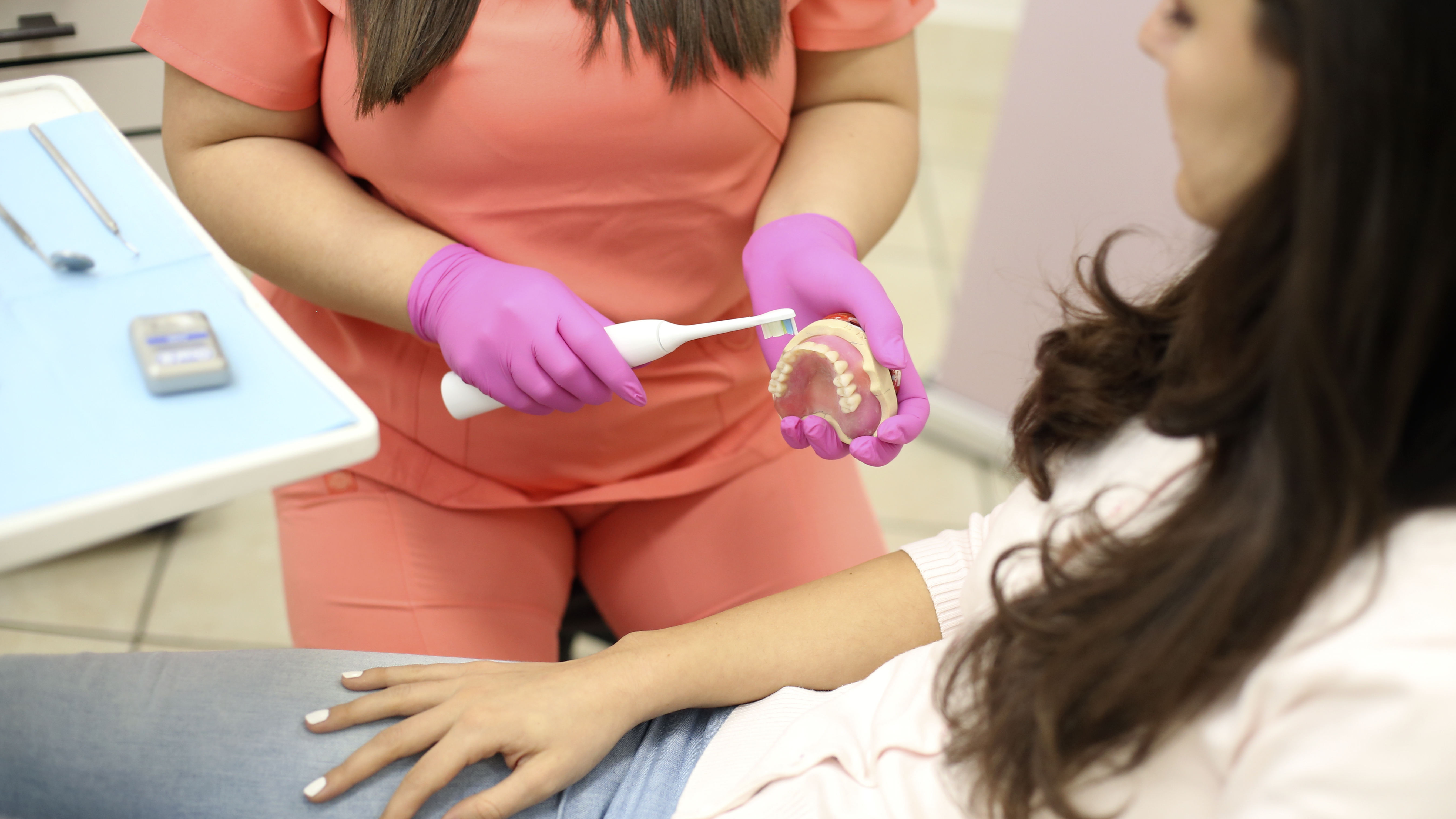
It can be tempting to just focus on the outer surfaces of the teeth, which are the easiest to access with your electric toothbrush. However, food and plaque can easily accumulate on the insides and back of the teeth, so it’s important to target these areas with your brush as well.
In general, dentists recommend cleaning your teeth with the brush held at a 45 degree angle, but you may need to twist the brush more to fully cover the more hidden aspects of the teeth. This is especially true for the back molars and for any wisdom teeth that you may have. Because they are located deeper in the mouth, these teeth are prime candidates to trap little pieces of food and can be the trickiest to reach, so make sure to dedicate ample time to both floss and clean these surfaces for a truly clean mouth.
Brush your tongue and the roof of your mouth
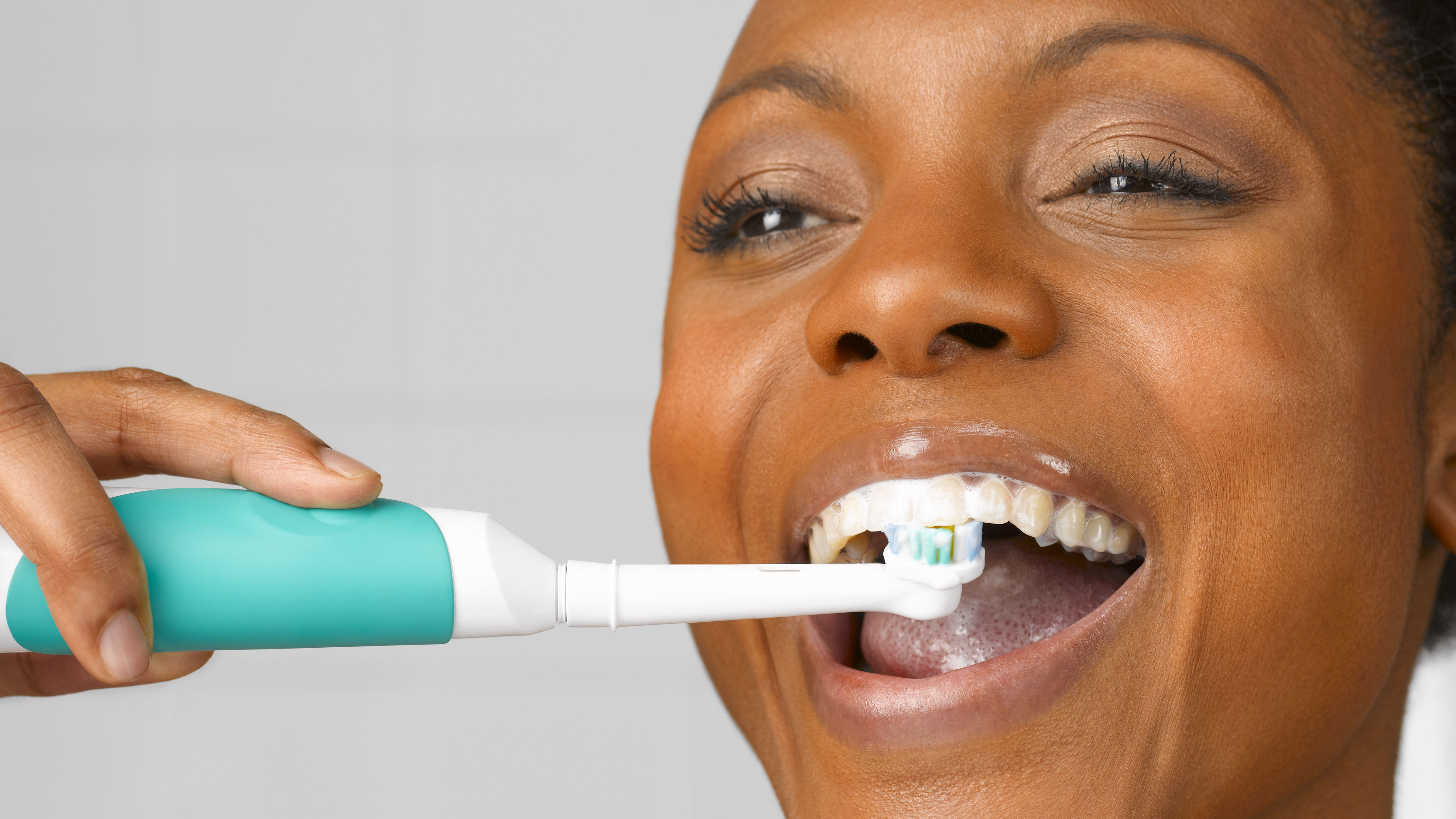
Brushing your teeth doesn’t just reduce the risk of cavities and other dental issues; it also helps to freshen your breath. For the most effective cleaning, it’s important to get rid of any food particles that may have got lodged elsewhere in the mouth, not just on your teeth.
Specifically, your tongue and the roof of your mouth. It may seem a bit weird or uncomfortable at first to brush these areas, especially with an electric toothbrush, but many brushes include a different cleaning surface on the back of the brush head just for this purpose.
Even if yours doesn’t, the regular bristles will work for this purpose as well. Clean these areas as you clean your teeth: Pass the brush slowly across the full surface, making sure to include any hard to reach areas where food particles may be lingering.
Change your toothbrush head every 3 months
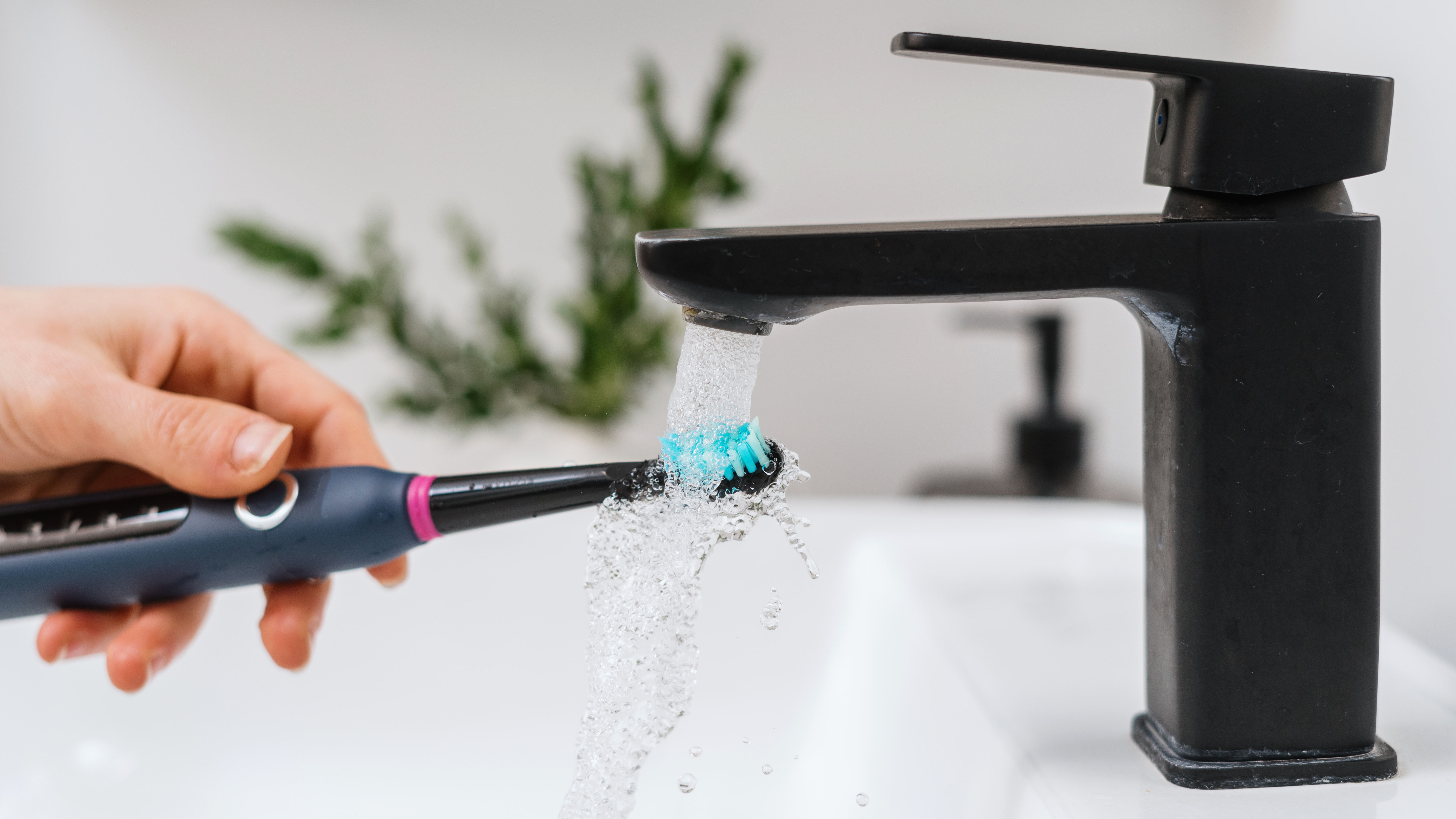
Unlike manual toothbrushes, which you replace in their entirety, electric toothbrushes usually feature detachable toothbrush heads that can be removed and replaced as needed. This ensures that you get to keep the chargeable base for long-term use and maintain the same standard of clean time after time.
While you may notice that your toothbrush bristles begin to splay outwards after intense use, it’s good to replace your brush head before it reaches that point. In general, dentists recommend that you swap out your brush head every three months.
While you can make this change earlier, should the brush head become damaged or less effective, it is not recommended to make the change much later — and not beyond four months of use.
More from Tom's Guide
Madeleine Streets is a writer and content manager based in New York City. She covers an eclectic mix of lifestyle, technology, finance and health and has been published in Tom's Guide, Women's Wear Daily, SELF, Observer, Footwear News and others. Originally from London, Madeleine has a penchant for tea, baking and moody weather. When she’s not writing, you can find her exploring the city’s bookstores, hunting down new restaurants, fostering cats and cheering on Arsenal FC.


